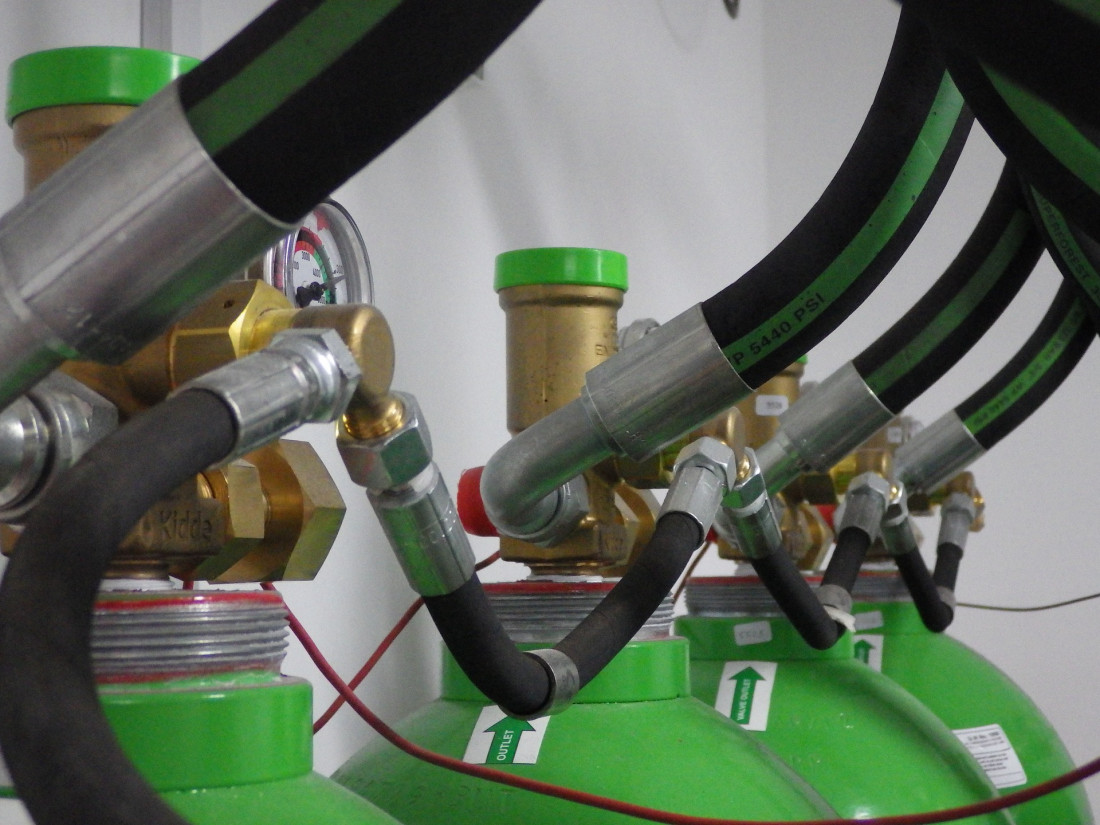Recently, there have been reports circling around the world about a significant change in direction in how to process the greenhouse gas carbon dioxide. The ‘new’ technique involves employing a catalyst that consists of clusters of copper anchored to suitable carrier, such as alumina.
Cluster are used, as they create a better catalytic environment than a compact copper surface, which results in a significant reduction in pressure by about 1.29 kPa and the temperature by about 225°C. Naturally, this has a significant impact on reducing the cost of conversion.
Current technology is based on the production of methanol by converting natural gas to a so-called ‘synthesize gas’, a mixture of hydrogen and carbon monoxide. The hydrogen is then obtained by a method called steam reforming.
It is important to remember that it is the first stage of methanol production that actually determines the economic viability of the entire production process.
As yet, researchers have not been able to find a technology that could make this phase more economically possible. Without such a method the economic viability of the subsequent conversion is brought into question.
At present, research has only resolved one step in make an improved process in the conversion of renewable gases at reduced costs. However, with greater publicity of these early advances, it is hoped that sufficient investors can be found to complete the work.
Because, as always, the speed of progress depends on the speed of investment.

